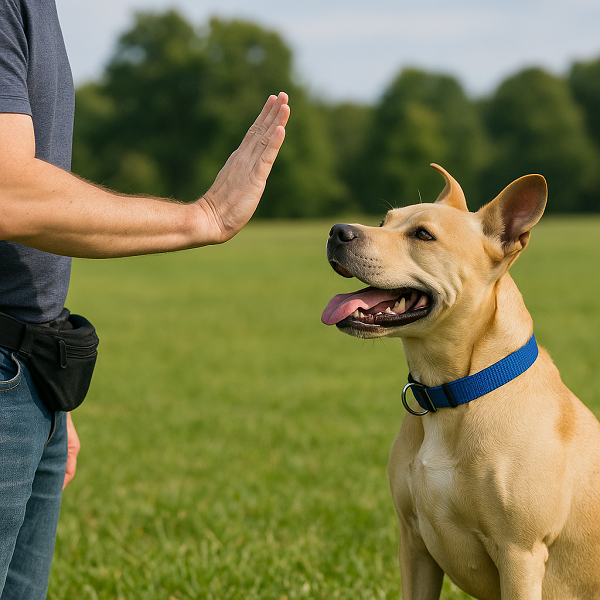
📝 Article Content:
How to Train a Deaf Dog: Tips That Work
Training a deaf dog may sound challenging, but it’s completely doable — and often very rewarding. Dogs are incredibly adaptable, and with patience and the right tools, they can learn just as well as hearing dogs.
🦴 Why Deaf Dogs Are Trainable
Dogs rely more on body language and visual cues than vocal commands. Even hearing dogs pick up on hand gestures and facial expressions — making deaf dogs surprisingly capable when trained visually.
✋ Training Techniques That Work
1. Use Clear Hand Signals
Assign a distinct hand motion for each command. Example:
- Sit: palm facing up, lifting hand
- Stay: flat palm facing dog
- Come: wave toward your chest
2. Leverage Vibration or Light for Attention
Use:
- A vibrating (not shocking) collar to gently get their attention
- Flashlights or a soft stomp on the floor (for indoor signals)
3. Positive Reinforcement Is Key
Reward with treats and physical praise (like gentle petting or thumbs-up) the moment your dog gets it right.
4. Keep Sessions Visual & Fun
Train in well-lit areas with minimal distractions. Use eye contact to connect and reward regularly.
5. Train a “Look at Me” Cue
Teach your dog to check in visually by rewarding every time they look at you — this builds attention naturally.
⚠️ Challenges to Watch For
- Startled reactions – Always approach from the front or side
- Distraction outdoors – Use long leashes for safety and control
- Inconsistent hand signals – Make sure everyone uses the same motions
💡 Tools That Help
- Vibration collars (no shock)
- Treat pouch or clicker (if training other dogs alongside)
- Flashlight (for nighttime training)
🐾 Final Thoughts
Training a deaf dog is about building trust, clear communication, and a strong visual connection. With patience and consistency, your deaf dog can become just as obedient, loyal, and joyful as any other — maybe even more so.
